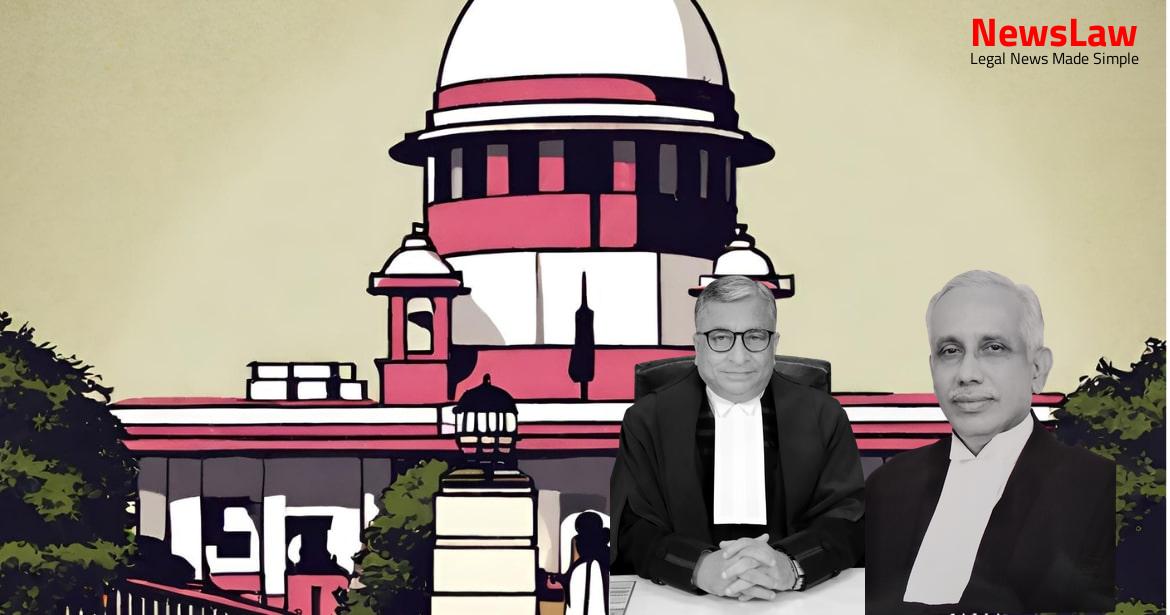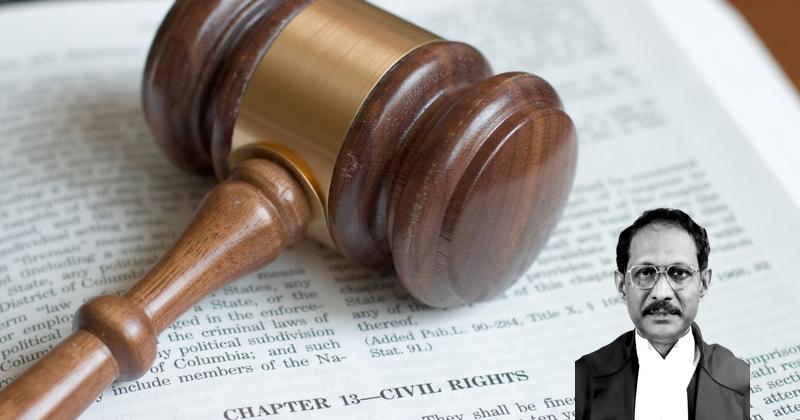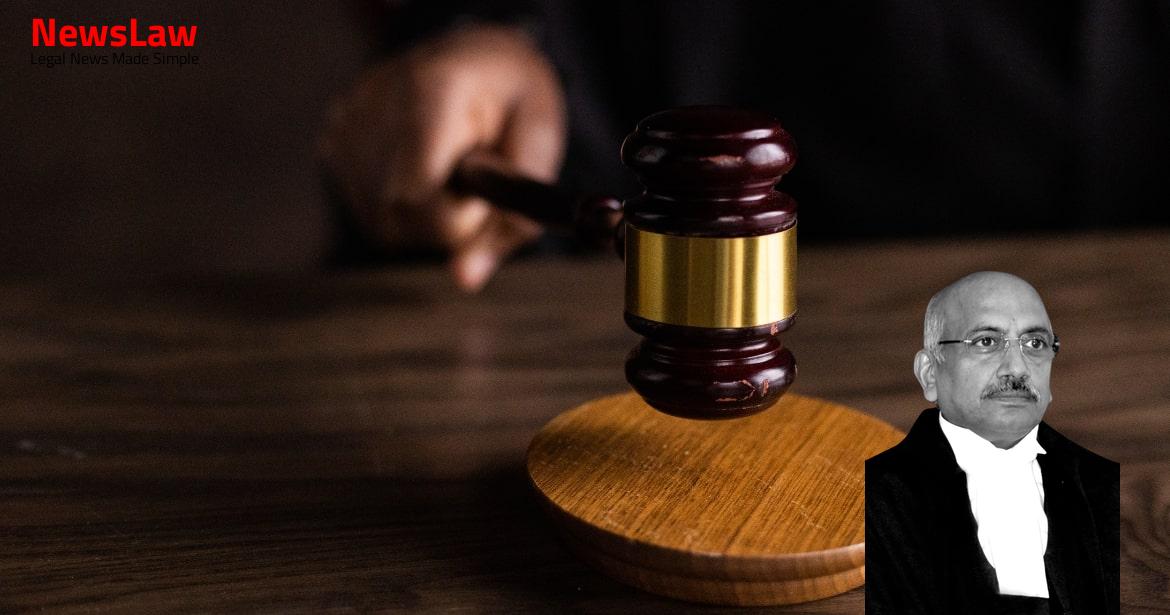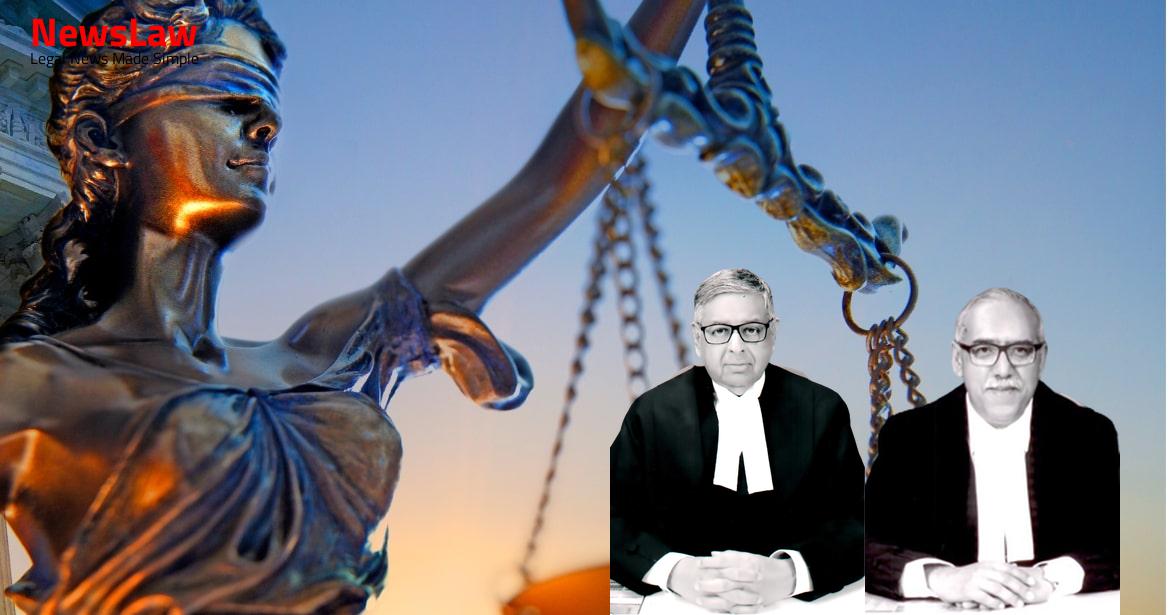The court’s legal analysis on tenancy claims under the SARFAESI Act sheds light on the significance of registered tenancy agreements and the procedural mechanisms for asserting tenancy rights. The case highlights the importance of proper documentation and evidence to support claims of possession and tenancy. Understanding these legal intricacies is essential for navigating property disputes and safeguarding one’s rights in legal proceedings involving secured assets.
Facts
- Appellant’s accounts declared as NPAs on 31.10.2013.
- Intervention application of the appellant dismissed by the Magistrate on 30.12.2015 due to lack of registered tenancy.
- Bank issued notice under Section 13(2) of SARFAESI Act to the Borrowers on 25.01.2014.
- Appeals against Orders dated 30.12.2015 and 06.01.2016 in Case C.C. No.381/SA/2014 filed by the appellant.
- Appellant claims to be a tenant of the Secured Asset paying monthly rent of Rs.20,000 since 12.06.2012.
- HDFC Bank granted financial facility to the Borrowers of Rs.5,50,00,000.
- Mortgaged property at Solitaire, Village Kopari, Adi Shankaracharya Road to secure the credit facility.
- Appellant applied for protection of possession before the Magistrate due to petition under Section 14 of SARFAESI Act filed by the Bank.
- Appellant has been paying rent regularly to the landlord.
Also Read: Analysis of High Court’s Dismissal of Second Appeal
Arguments
- The appellant claims to be a protected tenant under the Maharashtra Rent Control Act 1999.
- He has been paying rent regularly to the landlord and has advance rent paid until 17.12.2018.
- The tenant has continuous rent receipts from the date of becoming a tenant starting from 12.06.2012.
- Learned counsel for the appellant argues that the tenant cannot be evicted without due process of law.
- The respondent-Bank’s counsel argues that the rent receipt provided is dated after the creation of the mortgage, indicating lack of evidence for tenancy prior to the mortgage.
Also Read: Land Sale Agreement Appeal: Legal Consideration of Additional Evidence
Analysis
- Claims of tenancy must be supported by a registered instrument for terms exceeding one year.
- In the absence of a registered instrument, reliance on unregistered instruments or oral agreements with possession does not entitle the tenant to possession for more than the specified period.
- The Rent Act does not provide protection to a ‘tenant-in-sufferance’.
- Amendments in Section 17 and Section 107 of the SARFAESI Act have implications on tenancy claims.
- No merit found in appeals where tenants failed to produce sufficient evidence of tenancy.
- Provisions under Section 14 detail the procedural mechanism for taking possession of secured assets.
- Claims of possession for more than one year must be supported by proof of a registered instrument.
- Tenant cannot be disturbed by the secured creditor if a valid tenancy existed before the creation of the mortgage.
- The lease has to be determined in accordance with Section 111 of the Transfer of Property Act.
- Right of appeal is available to the tenant claiming under the borrower as established in the case of Harshad Govardhan Sondagar v. International Asset Reconstruction Co. Ltd. & Ors.
- The Debt Recovery Tribunal (DRT) can set aside the action of the secured creditor and even restore the status quo ante.
Also Read: Legal Analysis in Compensation Appeal Case
Case Title: HEMRAJ RATNAKAR SALIAN Vs. HDFC BANK LTD. (2021 INSC 408)
Case Number: Crl.A. No.-000843-000844 / 2021



